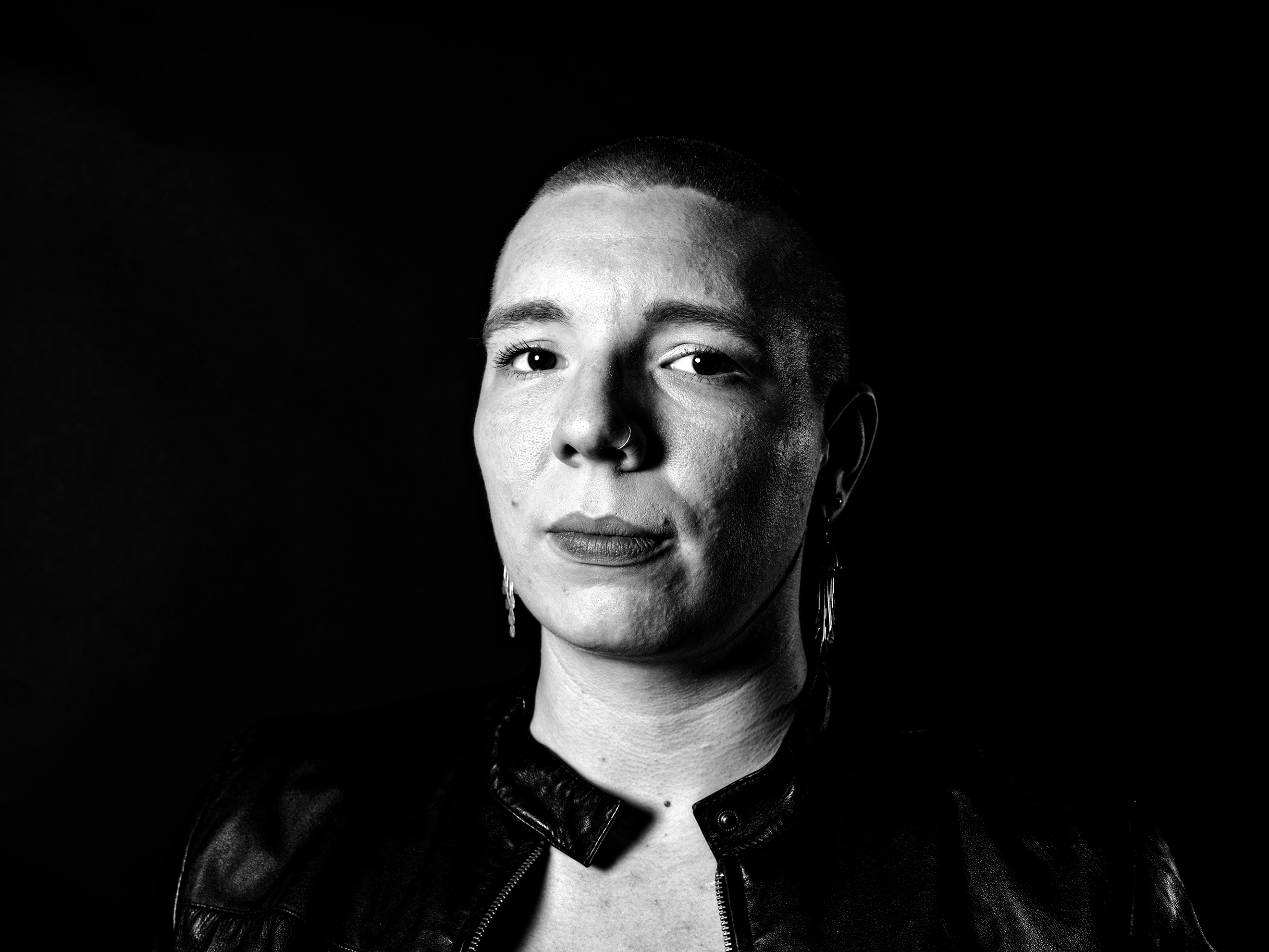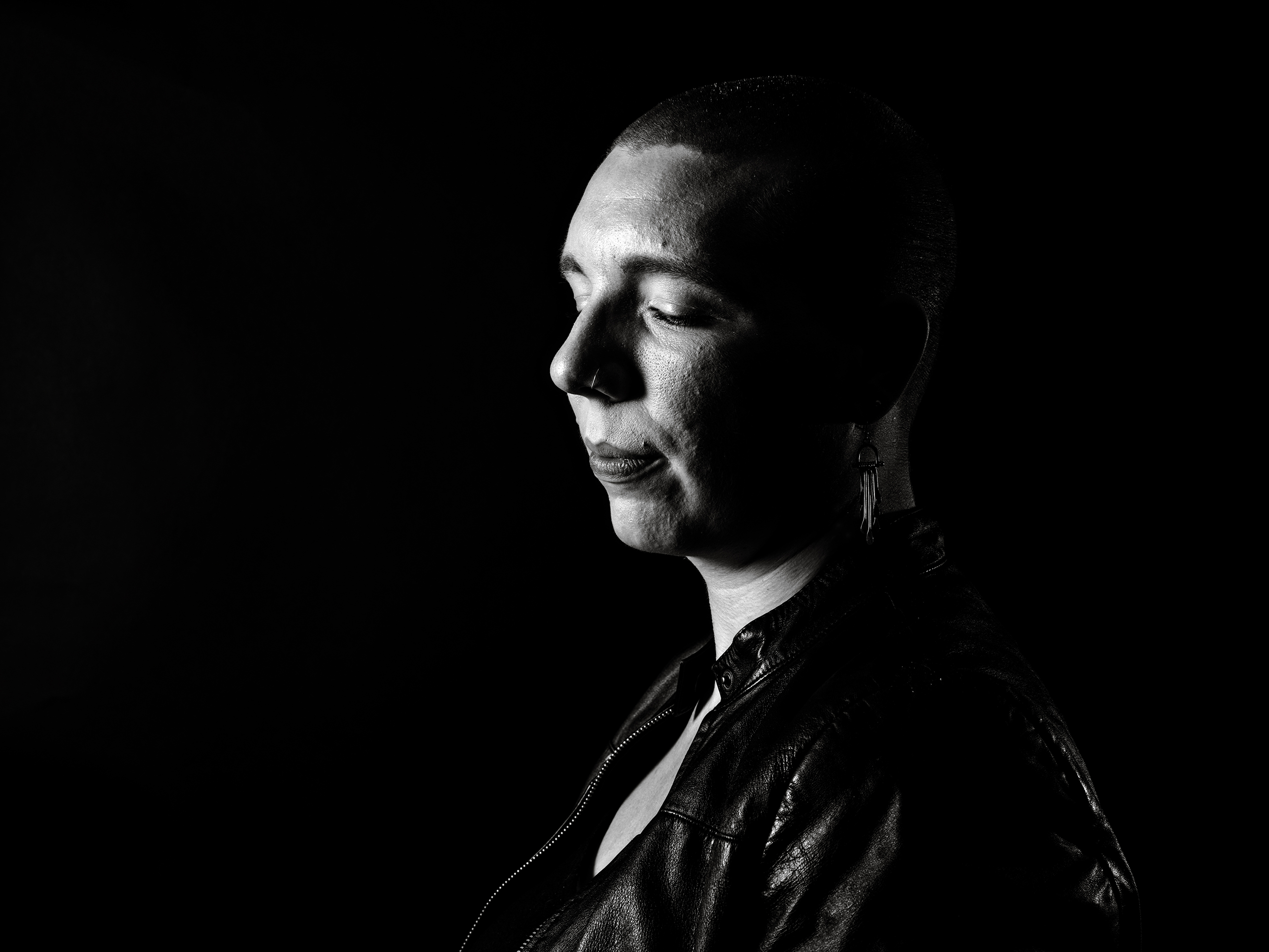
Standing in solidarity
Through roles in Solidarity Baton Rouge, as a North Baton Rouge science teacher and as a legal observer at protests, Shannon Groll shows what it means to be an ally to people of color
Teach for America brought Shannon Groll to Baton Rouge.
But it was the city’s people that kept Groll teaching in local public schools, long after the Teach for America assignment was over.
“I love this city and the people I’ve grown to call family here,” says Groll, who moved here from Cleveland. “People here are just unbelievably themselves.”
|
|
Groll quickly saw the city was also flawed, first noticing its segregation in schools and neighborhoods while teaching in the classroom.
Last summer, Groll decided it was time to take action, signing up to be a legal observer during protests on behalf of the National Lawyer’s Guild. Legal observers go through training to familiarize themselves with laws surrounding protests and organized events. Distinguished by the bright green hats they wear, they attend events to deter law enforcement officers from interfering with protesters’ constitutional rights and to protect organizers from criminal justice consequences.
Around the same time, Groll started Solidarity Baton Rouge, an organization that provides a safe space for white individuals concerned about racism to talk openly and honestly. Working with guidance from people of color, members discuss ways to make real impact, from productive and appropriate ways to attend protests as white allies to intervening when they spot racism to recruiting for diversity in companies without doing it in what Groll calls “a token way.” It’s a mixed-age, mixed-class group, coming together from different backgrounds with a common goal of making Baton Rouge a better place.
“I had an advantage growing up because of the schools I was able to go to, which was because of the ZIP code that I lived in,” Groll says. “I was able to go to college and thrive through the same [educational] system that is killing black, brown, queer and trans people in this country.”
For more info, email [email protected].
“I am so grateful to Teach for America for bringing me here, and I feel lucky to have been placed in a public school. I could really see the impact privatization and charterization has on the public school system. I’m teaching for children who at every turn are not given enough resources to succeed.
My students today are 12- to 15-year-old middle schoolers. They are still coming into themselves, but they are doing it while navigating living in a food desert. They are doing it with no school supplies. Most of them are two to four grade levels behind.
But they are still the most tenacious people I’ve ever met. They ask the most amazing questions—the most absurd questions—but they always wow me. Teaching them is so endlessly worth it. As a science teacher, I try to tell them: You have the power to create change. Ask questions, and look for truth.
Talking about racism is going to be painful and hard and uncomfortable. But it’s important because well-meaning white folks can end up harming people of color unintentionally. I linked up with friends to establish Solidarity Baton Rouge as a community that could be a sanctuary for people. Sometimes we are so scared to talk because we don’t have the right words. When talking about race, there’s this fear that you’re going to say something and someone’s going to point and say, ‘You’re a racist.’ It’s really vulnerable to say, ‘I don’t have the right language to say this.’ Here, it’s about feeling safe—instead of saying, ‘You’re a racist,’ we respond with ‘Tell me more,’ or ‘Let’s unpack that.’
I feel like there’s this spectrum, from completely opposing talking about racism to indifference to being timid about it to being ready to talk and finally to being ready to act. So, I’m trying to figure out: How do you move people? I’m less concerned with individuals with opposing beliefs, because that’s a big task. But how do we get people in the middle who are vaguely curious or too scared to ask? Because imagine if each one of us moved an inch on something—how much distance does that cover?” – Shannon Groll
Read more from our cover story, featuring people standing up to solve racial issues in Baton Rouge.
This article was originally published in the June 2017 issue of 225 Magazine.
|
|
|


